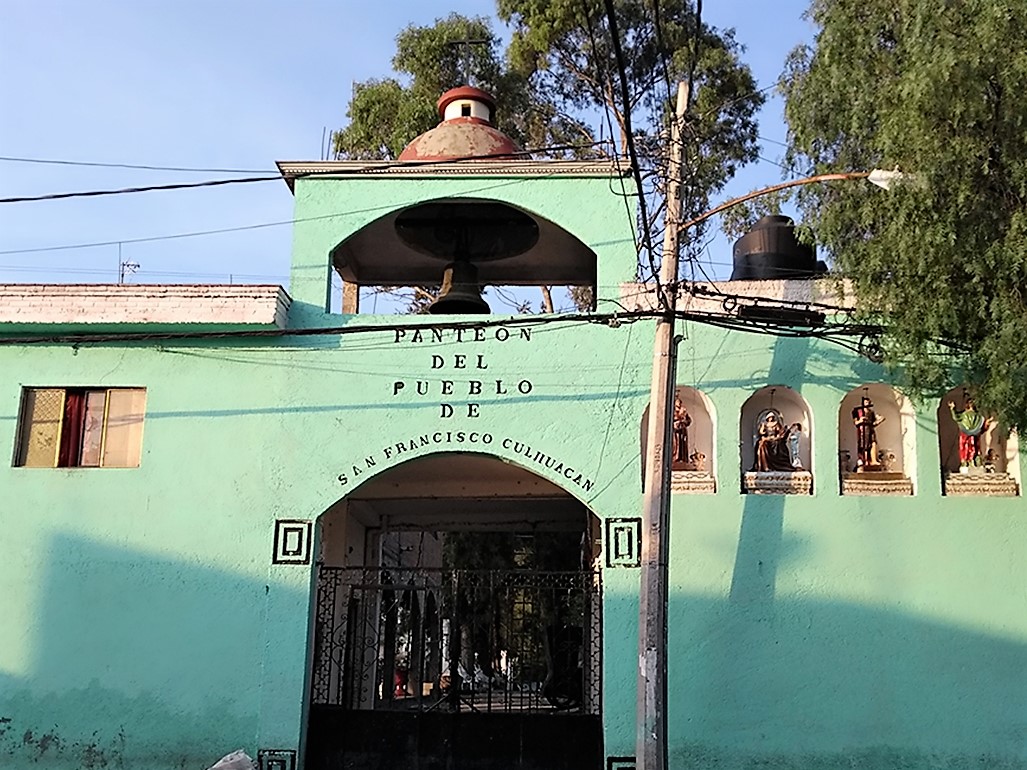
El Pueblo San Francisco Culhuacán es quizás uno de los más difíciles de descubrir de los siete pueblos originarios de Coyoacán. Históricamente, forma parte de Culhuacán. La mayor parte de este antiguo pueblo se encuentra al otro lado del Canal Nacional en el vecindario de Iztapalapa.
El “lugar del pueblo colhua” es uno de los asentamientos más antiguos del Valle de México, sin duda uno de los más antiguos que ha permanecido inhabitado. Según las fuentes más antiguas, fue un importante altepetl (es decir, ciudad-estado), fundado por los toltecas, sin embargo, la evidencia arquitectónica sugiere que es aún más antiguo.
Los Mexicas conquistaron el territorio en 1347 y a partir de entonces fue una ciudad tributaria que aportó la mayor parte de la piedra tezontle de color rojo sangre con la que se construyó Tenochtitlán.
San Francisco Culhuacán se convirtió en uno de los 18 barrios más reconocidos. Se encuentra al oeste del antiguo Huey Apantli, es decir, el Canal Nacional. El pequeño barrio continuó durante siglos y más tarde se convirtió en parte de Coyoacán. Siguió siendo en gran medida un pueblo agrícola hasta principios del siglo XX.
El hecho histórico explica la ruta orgánica de las calles más antiguas del pueblo. Al igual que los otros pueblos originales, su propia huella lo distingue. Sin embargo, en la década de 1940, la lucha de la ciudad por las tierras agrícolas estaba casi completamente cubierta por vecindarios urbanos y comunidades más nuevas. Las carreteras más nuevas se multiplicaron y eliminaron gran parte de los caminos y senderos más antiguos. Hoy, solo los residentes más viejos aún reconocen su tierra ancestral al otro lado del canal y todavía participan en las fiestas religiosas.
La antigua iglesia ya no sigue aquí, sin embargo, es probable que el centro católico de la ciudad haya sido reemplazado por la Iglesia de San Francisco de Asís, en la misma colonia. Aunque esta iglesia se enfrenta a un contendiente fuerte: la ornamentada e incluso más nueva Capilla de San Judas Tadeo al otro lado de la calle, en el vecindario más nuevo (Ampliación San Francisco Culhuacán).
La ciudad todavía se subdivide en tres barrios antiguos. Estos coinciden con las colonias actuales.
El Barrio Magdalena Culhuacán es la colonia al norte de San Francisco. La colonia actual también incluye el Barrio San Juan Bautista en su esquina suroeste. El Barrio Santa Anita es el lado occidental de San Francisco Culhuacán (como se muestra en el mapa). Su pequeña capilla en la calle Sta. Ana es reconocida por el INAH como monumento histórico. Probablemente fue construido en el siglo XIX.
La característica más notable del Pueblo San Francisco Culhuacán es el antiguo cementerio. Que aún cuenta con estatuas en los nichos de la entrada (como se puede observar en la foto de arriba), es un tributo fascinante y amurallado a la historia más profunda de la ciudad.

Cercano a 0.35 kms.
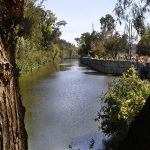
Cercano a 0.82 kms.

Cercano a 1.23 kms.
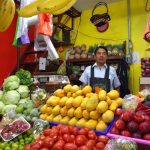
A giant neighborhood market for south eastern Coapa and Cuemanco . . .
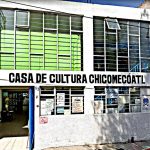
Chicomecóatl is a neighborhood center and cultural hub for communities in the shadow of the volcano.

Probablemente el mejor lugar para almorzar en San Francisco Culhuacán...
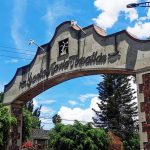
Un asentamiento originario en Iztapalapa que está reapareciendo...
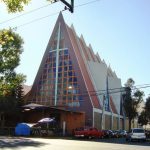
Una maravilla arquitectónica de principios de la década de 1950 alcanza el cielo...